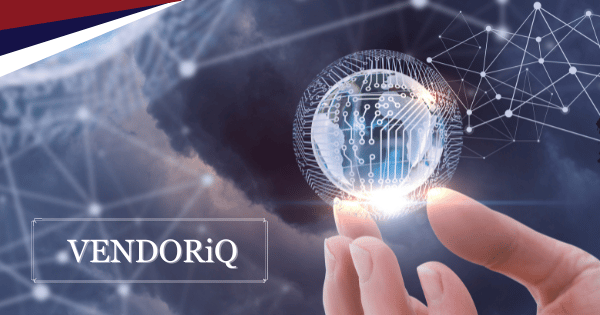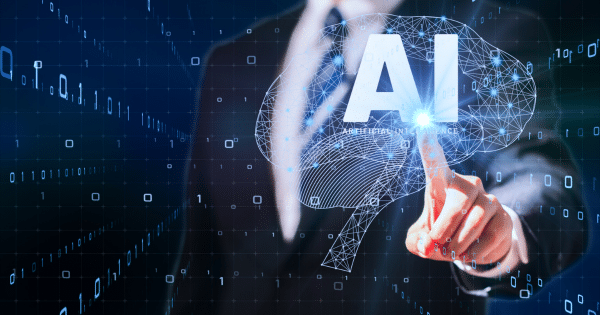
VENDORiQ: Inception’s Diffusion Mercury Models: Is it time for the big game?
Inception’s updates to Mercury models, including a larger context window, tool calling, and data privacy controls, make them a viable enterprise-grade alternative.

Inception’s updates to Mercury models, including a larger context window, tool calling, and data privacy controls, make them a viable enterprise-grade alternative.

Benchmarking AI with strategic games offers a transparent, dynamic assessment of reasoning and adaptability beyond static, traditional tests.

These tutorials will not only help you master the IBRS AI tool but also enable your team to transform the way they approach research, advisory, and decision-making.

Prof. Koehn has authored over 200 research papers with more than 50,000 citations, and written the definitive textbooks Statistical Machine Translation and Neural Machine Translation.

ERP databases are rapidly integrating AI indexing like vector and graph search. This will enable ‘invisible AI’ within core business applications, but adoption may be slow due to migration and skill challenges.

Generative AI will revolutionise how businesses handle data, offering natural language interfaces for queries and merging data and information governance.

Regardless of their current data maturity levels, enterprises often encounter challenges in fully engaging their entire workforce in data-driven decision-making. Senior executives are seeking ways to effectively leverage generative AI to implement enterprise-wide business intelligence, enabling every team to access real-time operational data and derive actionable insights.

AI video tools, like early desktop publishing, offer huge potential, but smart adoption needs a clear strategy, skilled people, and pilot programmes to ensure real business value.

Most artificial intelligence proof-of-concepts fail in production due to underestimated costs, dynamic data issues, governance, and integration challenges. Tackle these early for success.